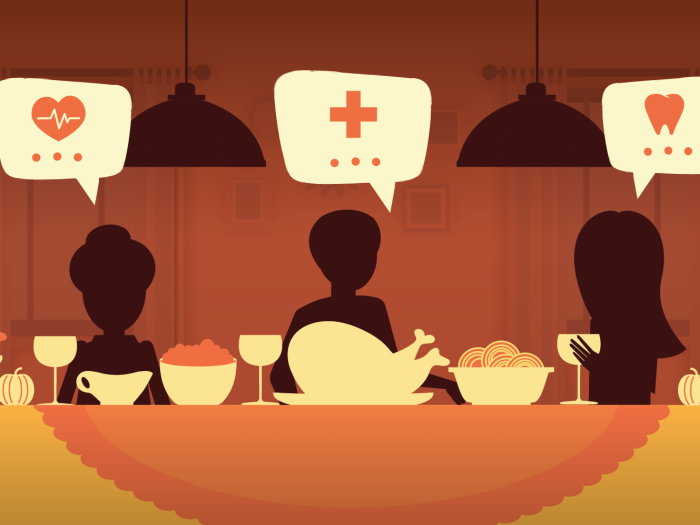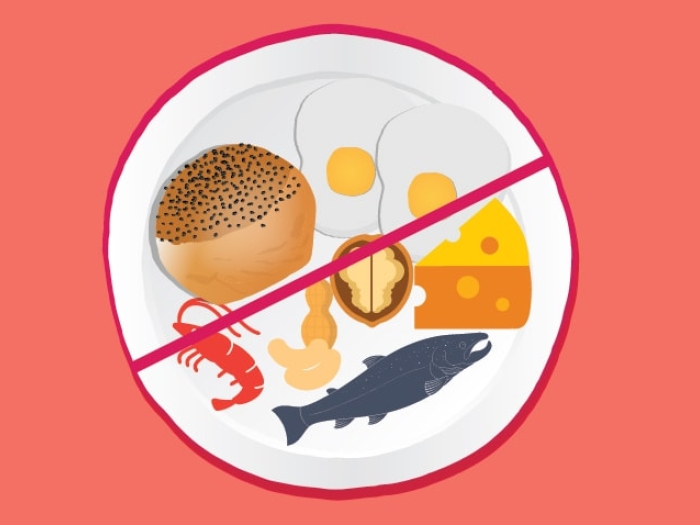Each summer, news of secondary or “dry” drowning hits social media. An emergency department physician explains the nuance of this rumored risk.
7:00 AM
Author |

This article was updated on May 25, 2021.
As Michiganders start to see the light at the end of the pandemic tunnel, many people are eager to begin enjoying the water in pools and lakes as the weather warms.
MORE FROM MICHIGAN: Sign up for our weekly newsletter
But before you hit the beach or the pool, it's worth dispelling a few misconceptions about water safety.
Myth: You have to wait 45 minutes after eating to swim.
This myth is rooted in the belief that blood flow to the digestive tract after eating could leave the muscles necessary for swimming without adequate oxygen.
Although this has been proven to be false, it's worth noting that it is always advisable to avoid swimming — or any activity with risk — if you don't feel well. Feeling too full after eating, feeling tired, chronic conditions or nagging injuries could all affect your ability to perform activities safely.
Myth: A drowning person can easily be spotted as they struggle loudly and dramatically.
Drowning can occur in only a few seconds — and can happen without an obvious struggle.
It is important to stay vigilant for signs that a swimmer is no longer able to stay above water. A non-swimmer pushed by current, or wandering accidentally into deep water, may cause a person to slip silently and quickly below the water. It is critical to ensure that children and others enjoying the water know how to swim. Even very young children can be taught to float safely in the water.
A buddy system, a supervising responsible adult, or a trained lifeguard at public swimming areas are important safety measures to look for as well.
Life jackets are also a good idea for young children swimming. If children are on small boats, or enjoying other water sports, they should also be wearing appropriate flotation devices.
Myth: It is possible to "dry drown."
This social media-fueled myth arises every spring and causes extreme anxiety in parents. But dry drowning does not exist.
Drowning is defined as impairment of breathing because of water entering the lungs. If a person is submerged, and inhales water, they are at risk for fatal drowning.
If a person is submerged or inhales water and experiences persistent coughing for more than a few moments, or has increased breathing rate or any difficulty breathing, they should receive immediate medical attention.
SEE ALSO: Watch Out for These 5 Summer Eye Dangers
If a person who has inhaled water is experiencing no difficulty breathing, no cough, and is otherwise acting like themselves two or three hours afterward, it is extremely unlikely that they will experience any complications from the experience.
Inhaling water with bacterial contamination, such as in a pond, can result in pneumonia in the days after the inhalation event has happened, but in the vast majority of fatal water-submersion-related events happen quickly and without any period of normal breathing after getting out of the water. There is no reason to worry that an otherwise well-appearing individual will suddenly stop breathing after swimming.
Don't hesitate to seek medical care if you have concerns about a loved one who has inhaled water and is not breathing normally or feeling well. But you should also be reassured that "dry drowning" myths like those perpetuated on social media are just that: myths.
Swimming safety facts
Learning to swim, teaching your children and others to swim, and using common-sense preventive measures are great ways to help keep your family safe this season. Tips include:
-
Closely supervise children in the water and stay within arm's reach.
-
Know that life jackets and other personal flotation equipment improve safety, but are no substitute for the close supervision of a parent or lifeguard.
-
Only dive into spots in pools or other areas specially designated as safe for diving. Never dive into shallow water or an unknown body of water. Hidden underwater obstructions can cause severe head or spinal cord injuries that could lead to paralysis and even death if jumping head first. If you're determined to jump into the water, jump feet first to reduce the risk of injury to your head or neck.
Enjoy the water this summer. Keep yourself safe by knowing the facts about water safety while avoiding needless worry about water myths.

Explore a variety of health care news & stories by visiting the Health Lab home page for more articles.

Department of Communication at Michigan Medicine
Want top health & research news weekly? Sign up for Health Lab’s newsletters today!





